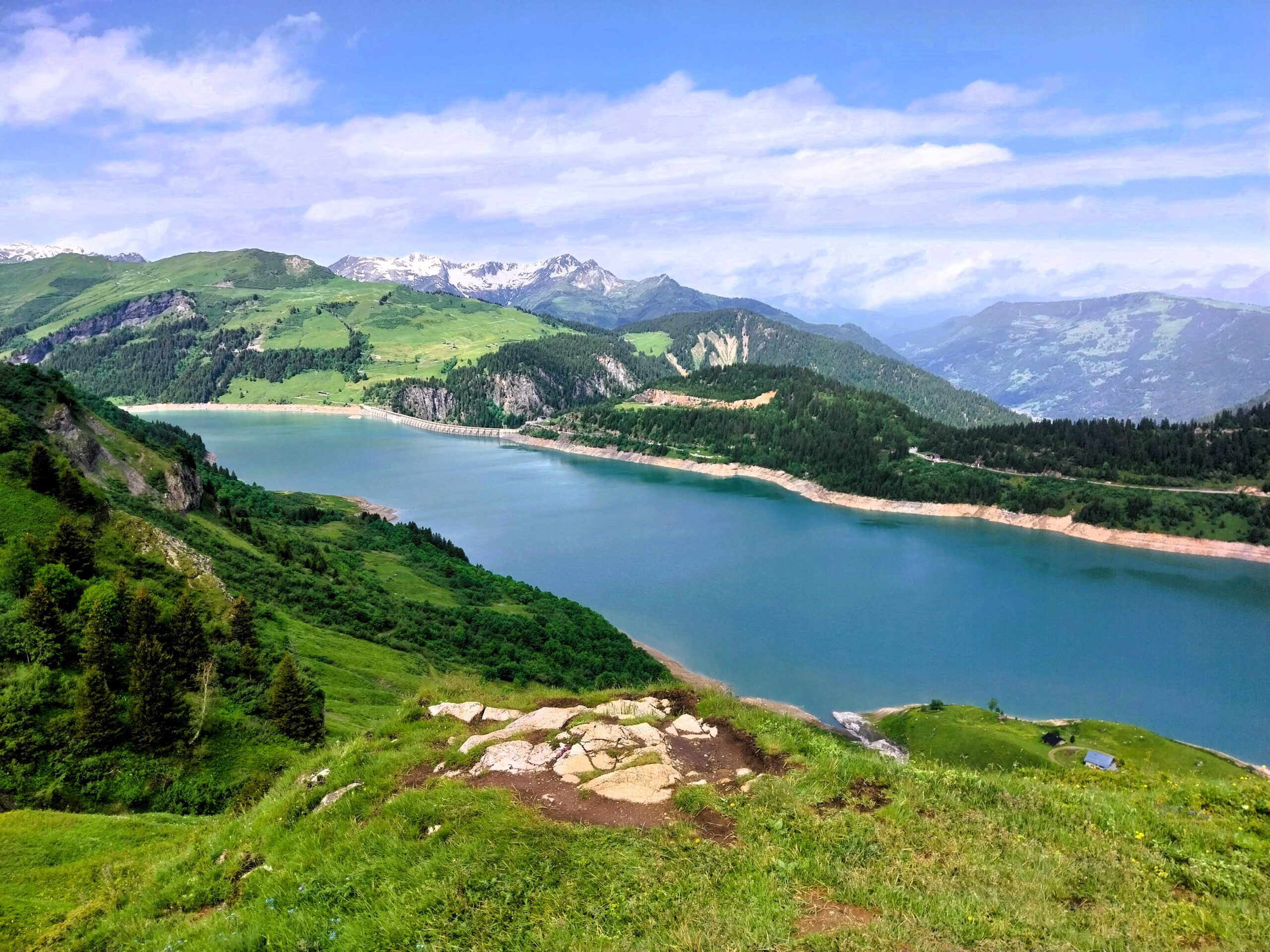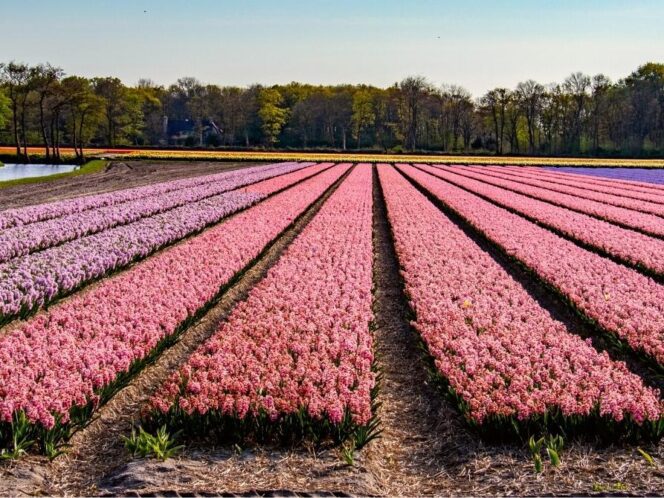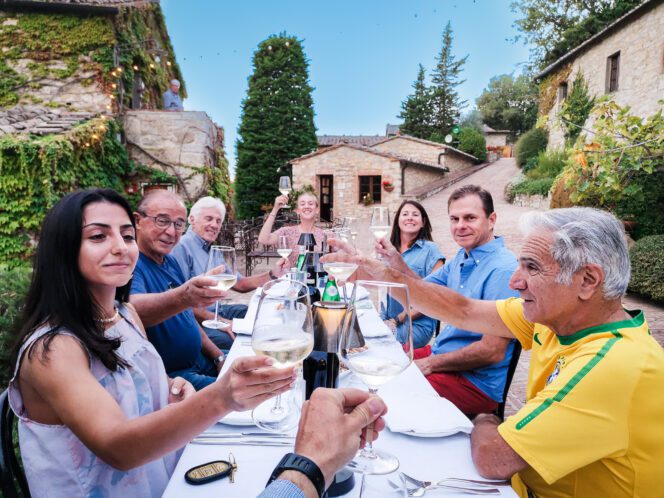
We start the next day as we pile into a van and head out of Bruges. Our destination is what the guide Marcia is calling the best gas station in Belgium. She is not wrong.
Day 4. In search of history. And Trappist ales.
This nondescript gas stop on the edge of Oudenburg is home to a tiny cafe that serves fresh waffles, espresso, and stocks a bottle of every single Belgian Ale that you could only dream about on the other side of the ocean. But we are not here for beer. Not yet. Our destination today is the famed Westvleteren Brewery at the Trappist Abbey of Saint-Sixtus. It is located in the town of Vleteren, just about 30 miles away. And we hear there are Westvleteren XII for sale today.



So we head out. For the next couple of hours, we make our way into a drippy wind that seems to be a headwind no matter which direction the windy road points us in. We briefly stop outside the town of Diksmuide. The town’s origins go back to the ninth century, however, it was reduced to rubble in WWI and completely rebuilt in 1920. The river we have been winding our way next to—the Yser—played a big role in one of the few early Allied victories against the invading Germany after the floodgates were opened and the river was allowed to flood the area, resulting in the river becoming a frontline throughout the war. This is just one of the first reminders that we will encounter this week about the brutal and tragic history of this area.
[trek-fullwidth-img src=”https://s45708.pcdn.co/wp-content/uploads/2018/12/Bokanev-TrekTravel-4367-1.jpg”]
We resume our trek to the Abbey and we are faced with even more wind. At one point I stop to take off a layer and realize that the wind is able to push me along the road, albeit in the opposite direction, without me even having to pedal.
The short ride starts to feel like an epic journey by the time we pull into the brewery. Yes, the XIIs were on sale. And yes, I may have bought more than a few to smuggle back home with me.



Day 5. Belgian Toothpaste
We gather outside the hotel after breakfast. For a change, we are starting a ride from our front door. The sun is shining and it feels warm for the first time in the last few days. We head out along the bike paths through the flatlands towards the coast. The sunshine and the warmth do not guarantee dry roads, however. After 15 minutes sitting on a wheel, I am covered head to toe in grit and grime. As we make our way back to the hotel we happen upon a group of local Belgian riders and the cruise back turns into a bit of a race along the canal bike path. I make a comment about being covered in grit, one of the locals looks over and says: “It’s just Belgian toothpaste.” Fair enough.

Day 6. Dutch Wind and a Return to the Ronde
Today’s mission is to ride to the start of the mid-week Spring Classic known as Scheldeprijs. That’s about a 40 mile ride away in the Dutch port town of Terneuzen. Between us and the finish are the windswept North Sea dunes. Holland may be flat, but what they lack in vertical gain, they make up in the wicked wind. It seems to blow from every direction, creating headwind no matter which way you are pointing and making each mile feel like a climb. By the time we get to the start of the race, we feel like we completed a 6-hour ride in the mountains.



Today is also transfer day. We are leaving Flanders and heading down to the town of Kortrijk, which will be our home for the remainder of the trip. Why Kortrijk? Well, it is close to Roubaix without being… Roubaix. But before we leave this slice of heaven we decide to give another go to some of the climbs from the Ronde route a few days prior. There is no rain this time around with balmy sunshine replacing the clouds, so we make a loop around Oudenaarde. We hit them all: Kwaremont, Paterberg and of course Koppenberg. Did I stay upright this time? Yes. If you stay upright on the Koppenberg and there is no one to witness did it really happen? Maybe.

Day 7. An afternoon in France
We meet outside the hotel in Kortrijk and head west. Our route will cover some of the Gent-Wevelgem course from a few weeks prior. WWI history is seemingly around every turn. Memorial, cemeteries, the rebuilt city of Ypres and of course the hill of Kemmelberg. It occurs to me that we are visiting this site during the month of the 100th anniversary of the battles that took place around this strategically placed hill. All in all, over 120,000 lives were lost near and around this area. It is easy to forget the meaning of this place when all you are confronted with is the somewhat challenging grade of relatively smooth cobblestones. But reminders of this area’s stark history are all around you.
[trek-fullwidth-img src=”https://s45708.pcdn.co/wp-content/uploads/2018/12/Bokanev-TrekTravel-7890-1.jpg”]
Before we knew it we crossed into France. And with a new country, a new set of hills, including the cobbled climb up to the top of the town of Cassel, where – conveniently – we stopped for lunch. After that a few more sprints before crossing the border back into Belgium and finding a place for a Trappist Ale. Or a few.
Read on for Part III: The cobbles







